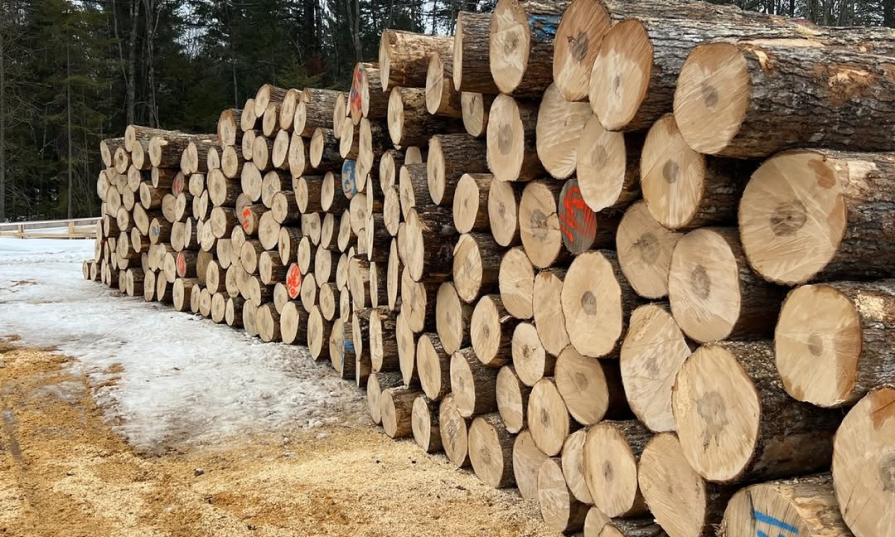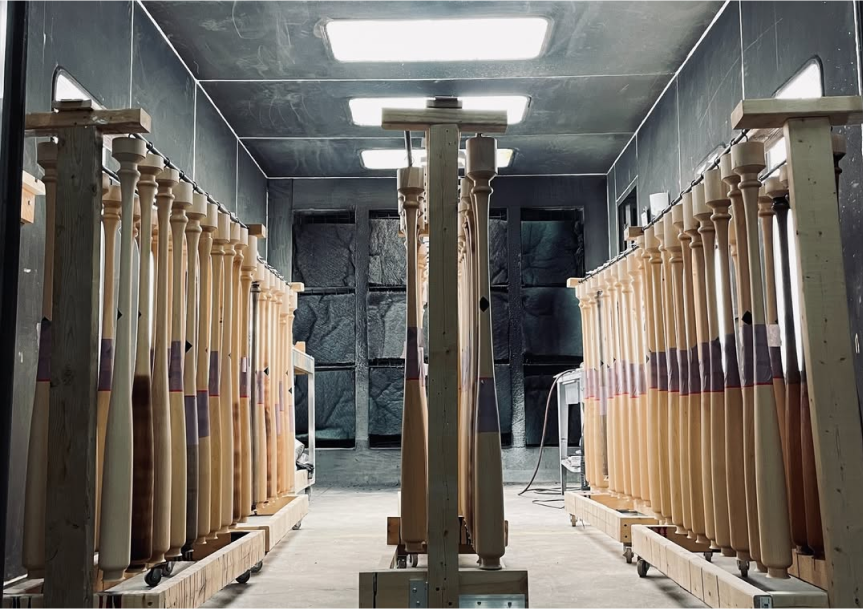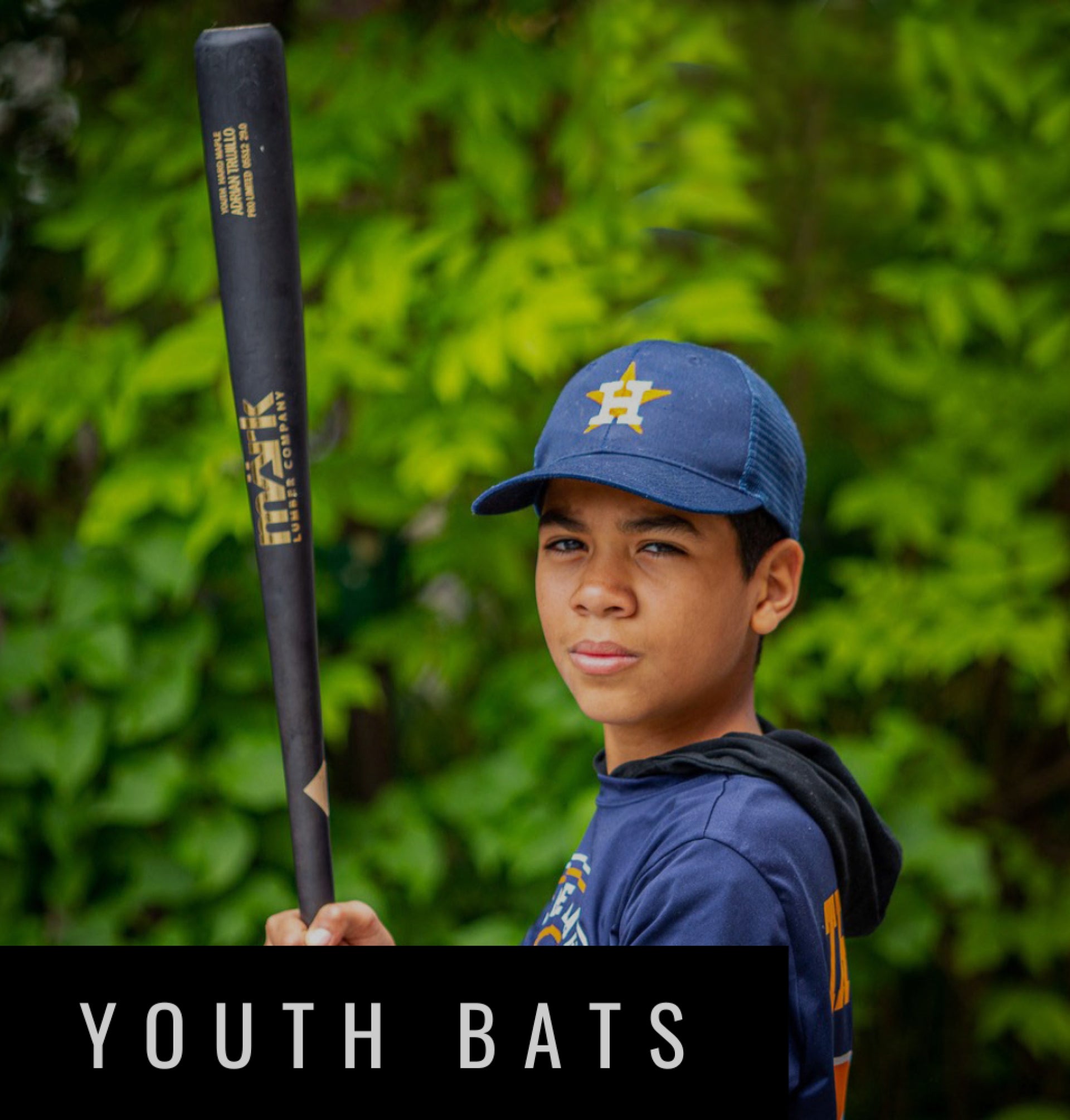
Best Wood Baseball Bats

The best wood baseball bats bring out the purest form of the game. Whether you’re training for the pros or playing for passion, nothing matches the sound, feel, and performance of real wood. From balanced swings to explosive hits, the right bat helps you connect better and play smarter. This guide breaks down everything you need to find your perfect wood baseball bat fit and understand what wood baseball bats are made of for peak performance.

What Are Wood Baseball Bats?
Wood baseball bats are traditional, solid bats made from natural hardwoods like maple, ash, or birch. Known for their pure feel and honest feedback, they reward clean contact and expose mishits, making them essential tools for serious hitters. Every player should understand what wood baseball bats are made of—because maple provides dense power, ash adds speed with flex, and birch offers a balanced blend of both. Unlike metal bats, wood baseball bats require precision and discipline. They are more than equipment—they’re performance tools that build better mechanics and sharper instincts.


Best Wood Baseball Bats
To choose the best wood baseball bat, focus on feel, fit, and your swing style.
- Choose maple for stiffness and power hitting.
- Pick ash if you want flex and speed.
- Go with birch for a balanced, forgiving feel.
- A balanced bat helps with control and timing.
- An end-loaded bat adds mass for power swings.
- Check grain quality—straighter grains last longer and hit harder.
The best bat supports your mechanics, not the other way around. Understanding what wood baseball bats are made of helps players select the right model for balance, durability, and control. That’s the key to mastering wood baseball bats and finding your perfect match.


What Are Wood Baseball Bats?
Wood baseball bats are traditional, solid bats made from natural hardwoods like maple, ash, or birch. Known for their pure feel and honest feedback, they reward clean contact and expose mishits, making them essential tools for serious hitters. Every player should understand what wood baseball bats are made of—because maple provides dense power, ash adds speed with flex, and birch offers a balanced blend of both. Unlike metal bats, wood baseball bats require precision and discipline. They are more than equipment—they’re performance tools that build better mechanics and sharper instincts.

Best Wood Baseball Bats
To choose the best wood baseball bat, focus on feel, fit, and your swing style.
- Choose maple for stiffness and power hitting.
- Pick ash if you want flex and speed.
- Go with birch for a balanced, forgiving feel.
- A balanced bat helps with control and timing.
- An end-loaded bat adds mass for power swings.
- Check grain quality—straighter grains last longer and hit harder.
The best bat supports your mechanics, not the other way around. Understanding what wood baseball bats are made of helps players select the right model for balance, durability, and control. That’s the key to mastering wood baseball bats and finding your perfect match.
Canada produces some of the world’s finest wood baseball bats, and MARK LUMBER stands at the top of that tradition.
- Our hard maple is sourced from cold-climate forests for tighter grains and lasting strength.
- Every billet is hand-selected and inspected for alignment and density.
- Each bat is handcrafted in Québec by real ballplayers who understand feel, balance, and power.
- We combine pro-level standards with Canadian pride in every swing.
- Shipped coast-to-coast with unmatched consistency and care.
When it comes to wood baseball bats in Canada, MARK LUMBER sets the standard—from forest to finish. Every swing represents the essence of baseball bats' wood—authentic, powerful, and made to perform.

EDDY J
ML-110
MW38
TS33
ML-271 YOUTH 2-1/4''
FREQUENTLY ASKED QUESTIONS
How do I choose the best baseball bat for my swing?
If you're wondering how to choose the best wood baseball bats, start by thinking about your swing style, strength, and comfort level. Power hitters tend to benefit from bats with more weight at the barrel (end-loaded), while contact hitters usually prefer lighter, balanced bats for faster swings and better control.
Look at the bat's length, drop weight, and handle thickness—each of these factors will affect how the bat feels in motion. Material matters too: what wood baseball bats are made of plays a huge role in performance. Maple is dense and powerful, ash is flexible and light, and birch offers a blend of both. Testing different baseball bats and wood options is the best way to know what truly fits.
The best bat isn't just popular—it’s the one that helps you swing naturally and confidently, every time you step up to the plate.
How do I figure out the best baseball bat sizing for my level?
Proper wood baseball bat sizing starts with understanding your experience level. If you're a beginner, go for a bat that's lightweight and balanced—this will help you build good habits without overcompensating for weight or control.
Intermediate and advanced players can experiment with heavier or end-loaded wood baseball bats that match their swing power. Sizing charts based on height and weight are a great starting point, but they're just that—a start. Your stance, swing speed, and hitting goals all matter. Try a few wood baseball bats to see what feels right in motion.
A properly sized bat should let you swing freely, stay balanced, and hit with confidence. The goal is comfort and control, not just compliance with a chart.
What are the key baseball bat measurements I should know?
Understanding wood baseball bat measurements can make all the difference. The two main measurements are length (in inches) and weight (in ounces). The difference between these two numbers is called the drop.
For example, a 30-inch bat that weighs 20 ounces has a drop of -10. The higher the drop, the lighter the bat. Lighter bats are easier to swing and allow for more speed, while heavier bats, typically with lower drops, can offer more power if you can handle the weight.
It's also helpful to know barrel diameter and handle thickness, especially for wood baseball bats, as these affect feel and performance. Knowing your bat's measurements ensures a better fit for your skill level and swing style.
What is considered the right baseball bat size for my body type?
Finding the right wood baseball bat size means looking beyond just your height. Your strength, swing speed, and comfort level all come into play. Taller or more muscular players may do well with longer, slightly heavier bats that deliver more reach and power.
Smaller-framed players might benefit from lighter, more balanced options that allow for faster swings and better control. It's also important to consider your hitting style—power hitters may prefer a different setup than contact hitters. Use a size chart as a guide, but trust how the bat feels in your hands.
The right size allows for smooth, effortless movement, helping you stay quick through the zone and consistent at the plate.
How long is a baseball bat for youth players vs. adults?
The length of a wood baseball bat varies based on the player's age, size, and swing mechanics. Youth models typically range from 26 to 30 inches, while adult bats commonly fall between 31 and 34 inches.
But there's more to it than age alone. A smaller player might struggle with a longer bat, even if it's technically "correct" for their age group. Likewise, a strong teen may benefit from moving up in size early. The key is control—can the player swing the bat comfortably and stay balanced? A good fit allows for a full swing without hesitation.
Charts help, but testing different lengths in practice with wood baseball bats is the best way to find what works. A bat that's too long or too short can throw off timing and confidence.















